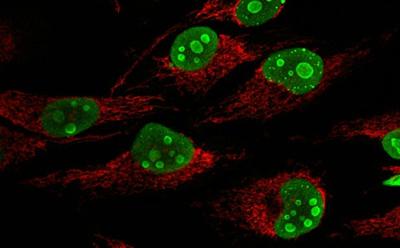Tissue Culture was established as a dedicated Facility in the 1990’s. The move to Building 85 in 2010 saw the expansion of the Facility to it's new premises within the Life Sciences building. The Tissue Culture Facility is comprised of three dedicated laboratories for containment: Level 1 and 2 Tissue Culture. The laboratories provide access to equipment essential for the preparation and maintenance of mammalian cell lines.
.jpg_SIA_JPG_fit_to_width_INLINE.jpg)

The Facility operates on a cost recovery basis and is open to users in other programmes within the University and outside organisations. Please refer to our Costings for further details.


